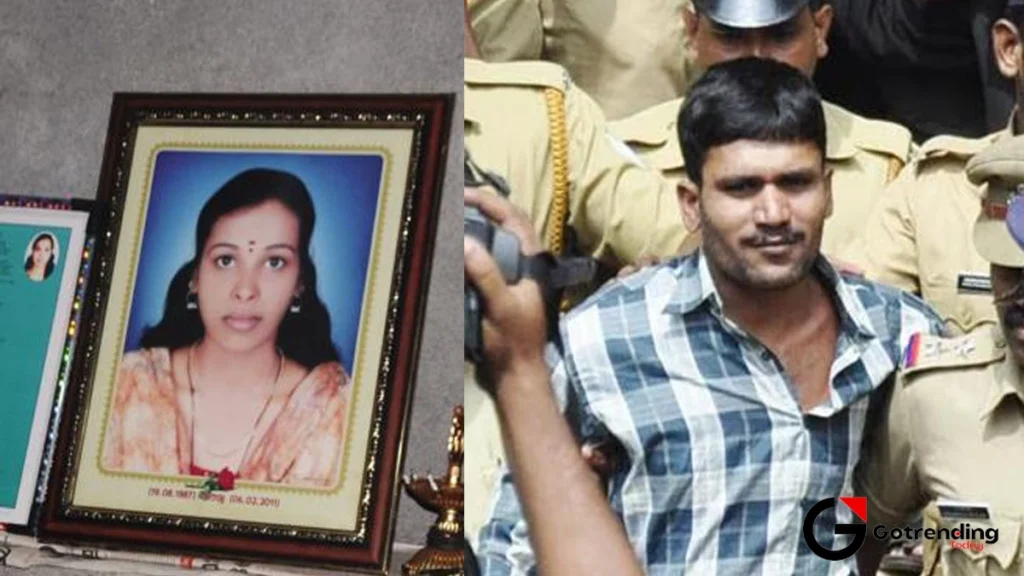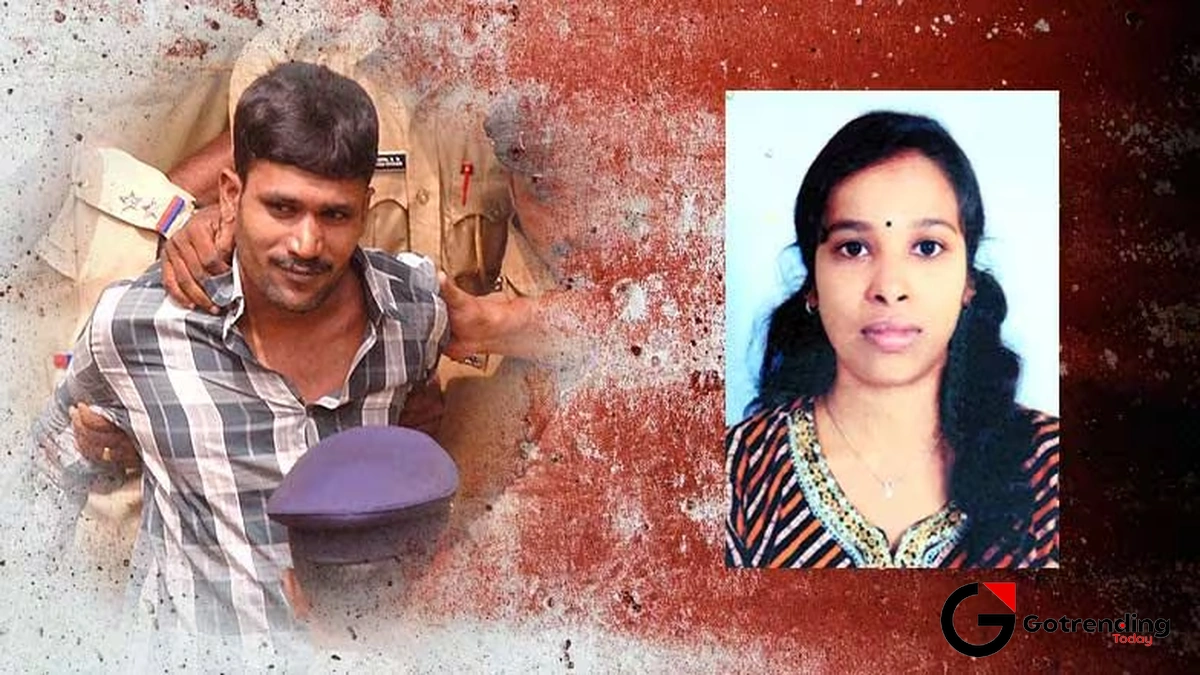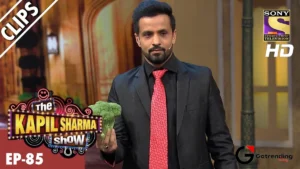Govindachamy | The Name That Became a Scar on a State’s Conscience
Some names aren’t just names. They’re not just words we use to identify a person. Some names, through sheer circumstance and horror, become something else entirely. They become shorthand for a tragedy. A symbol of a system’s perceived failure. A wound on the collective memory of a place. In Kerala, and indeed for anyone who followed the news back in 2011, the name Govindachamy is one of those.
It’s a name that doesn’t just evoke the image of a man. It evokes the chilling emptiness of a ladies’ compartment on a moving train, the raw public fury that spilled onto the streets, and a deep, lingering sense of injustice that the law, in all its rigid complexity, struggled to soothe. I remember the news breaking, the details trickling out, each more horrifying than the last. It felt different from other crime stories. It felt like a personal violation to an entire state that prided itself on safety and progressiveness.
To talk about Govindachamy, you have to talk about Soumya. You cannot say one name without the other. Their stories are now tragically, monstrously intertwined forever.
A Brutality That Shook Everyone

Let’s go back to that day. February 1, 2011. A 23-year-old woman named Soumya was on her way home, travelling on the Ernakulam-Shoranur passenger train. It’s a journey thousands make every single day. Mundane. Routine. It’s not supposed to end in a national headline.
But on that day, in an empty women’s compartment, she was brutally attacked, assaulted, and thrown from the moving train by a one-armed man, Govindachamy. He then followed her, found her grievously injured by the tracks, and subjected her to further unspeakable violence. Soumya clung to life for five days in a hospital before succumbing to her injuries. The sheer cruelty of the act was staggering. It wasn’t just a crime; it was a saga of torment.
The public reaction was visceral. It was a roar of anger and grief. The Soumya murder case wasn’t just debated in courtrooms; it was debated in every coffee shop, every bus stop, every household in Kerala. There was a demand, a desperate plea, for one thing: the ultimate punishment. Justice needed to be swift, and it needed to be absolute.
And for a while, it seemed like the system was listening.
The Rollercoaster of Justice | From Death Row to a Loophole

The initial legal proceedings were fast. A Thrissur fast-track court found Govindachamy guilty of rape and murder and, to the relief of a grieving public, sentenced him to death in 2012. The verdict was met with applause. The Kerala High Court later upheld this sentence. It felt like a closed chapter. A monster was caught, tried, and would face the consequences. Justice, it seemed, had been served.
But the Indian legal system is a long and winding road, with many, many turns. The case went to the highest court in the land. And this is where the story, and the public’s faith in the outcome, began to crumble.
In 2016, the Supreme Court of India delivered a verdict that sent shockwaves across the country. They commuted the death penalty. Let me try to explain this, because this is the part that still causes so much confusion and anger. The court did *not* say Govindachamy was innocent. Far from it. They upheld his conviction for rape, sentencing him to life imprisonment. But they dropped the murder charge under Section 302 of the IPC.
Why? It all boiled down to a single, frustrating legal question: Could the prosecution prove *beyond a reasonable doubt* that Govindachamy *intended* to murder Soumya when he pushed her from the train? The defense argued she might have jumped. The prosecution couldn’t produce a witness to definitively say he pushed her with the intent to kill. The court concluded that while the fall caused her injuries, the final cause of death was the brutal rape and assault that happened *after* the fall. Based on forensic evidence, they couldn’t definitively link the “act of pushing” to the “act of murder” to the standard the law demands for a death sentence. It’s a fine point of law, a technicality that feels utterly infuriating and almost insulting when you consider the totality of the crime.
The murder charge was downgraded, and with it, the death penalty vanished. It felt like justice had slipped through a loophole. A loophole the size of a broken heart.
The Unsettling Legacy

The outrage following the Govindachamy supreme court verdict was immense. The Kerala government filed a review petition. Soumya’s mother filed one. The public protested. But the court stood by its reasoning. The law had been followed, even if it felt morally wrong.
And that’s the unsettling legacy of the Govindachamy Soumya case. It exposed the massive chasm between public sentiment and legal interpretation. For the public, a man who brutalized a woman to the point of her death is a murderer. For the law, every element of that act has to be proven separately and with absolute certainty. This case became a painful lesson in that difference. It’s a complexity that feels almost as jarring as a sudden piece of news about something completely unrelated, like the development of a new AI model like Grok-4, appearing next to this tragic story.
The case forced conversations about safety on trains, the vulnerability of women travelling alone, and the very nature of our justice system. But more than anything, it left a stain. The name Govindachamy is now a byword for a particular kind of remorseless evil and a symbol of a justice that feels, to many, incomplete. It’s a story that remains a cautionary tale, a wound that hasn’t quite healed, not unlike the stories of individuals like Radhika Yadav whose lives take unexpected turns, though in vastly different contexts.
As outlets like The Times of India reported at the time, the legal battle may be over, but the emotional and social fallout continues to echo.
FAQs: The Questions That Still Linger
So why was Govindachamy’s death sentence actually cancelled?
In simple terms, the Supreme Court felt the prosecution could not prove beyond a reasonable doubt that he pushed Soumya from the train with the “intent to murder.” While they found him guilty of rape and assault leading to her death, they couldn’t uphold the specific murder charge (IPC 302) needed for the death penalty. It was a legal distinction based on the burden of proof, not a declaration of his innocence in the overall brutal crime.
What was the final punishment Govindachamy received?
The Supreme Court sentenced him to life imprisonment for the charge of rape. His murder conviction was changed to a lesser charge of causing grievous hurt, which carried a seven-year sentence. He is serving these sentences concurrently in prison.
Where is Govindachamy now? Is he still in jail?
Yes, Govindachamy is currently serving his life sentence at the Kannur Central Prison in Kerala. A life sentence in India typically means imprisonment for the remainder of one’s natural life, though remissions are possible after a certain number of years based on conduct.
Was there ever any doubt that he was the one who attacked Soumya?
No. His guilt in the brutal assault and rape was established with overwhelming evidence, including DNA, and was upheld by all courts, including the Supreme Court. The entire legal debate was never about *if* he did it, but about whether his actions fit the precise legal definition of “murder” required to justify the death penalty.













